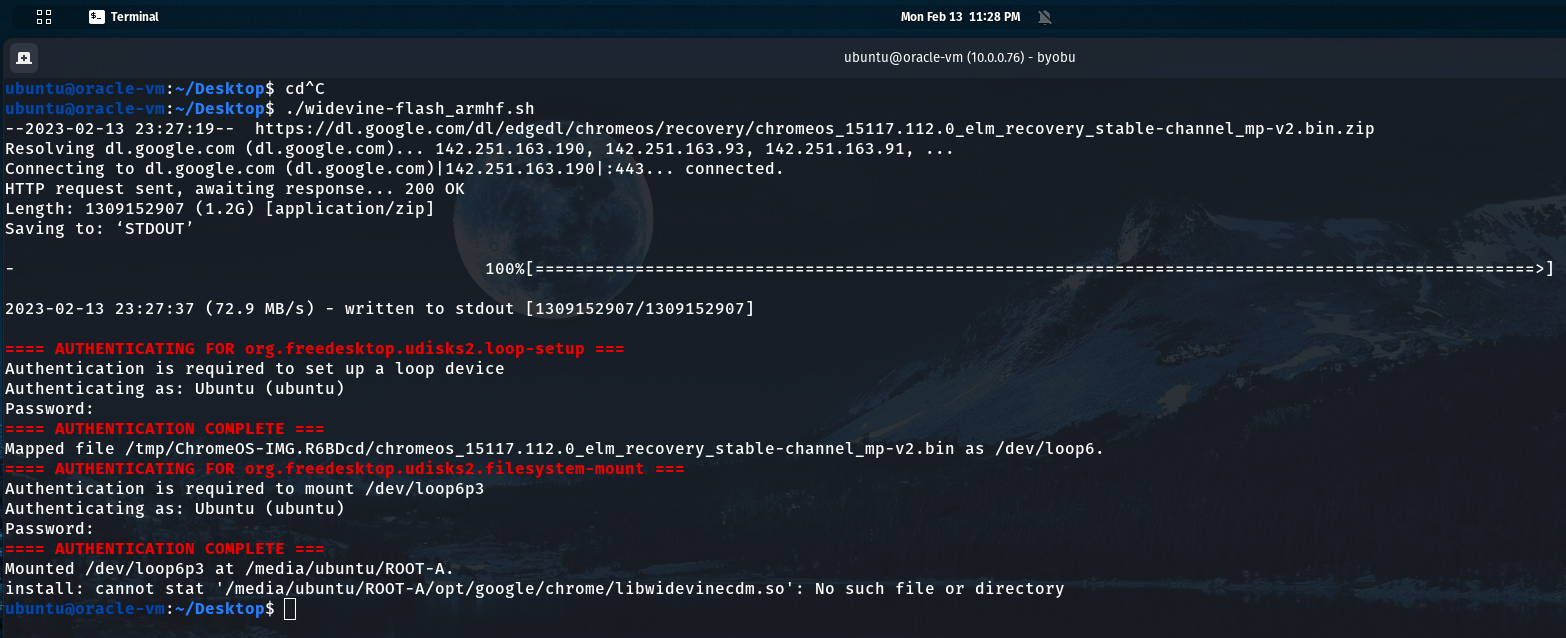The included script 'widevine-flash_armhf.sh' fetches a ChromeOS image for ARM and extracts the Widevine binary, saving it in a compressed archive. Since it downloads a fairly large file (2Gb+ on disk after download) it is recommended that you run the script on a machine that has plenty of disk space.
To install the resultant archive, issue the following on your ARM machine–after copying over the archive if needed:
sudo tar Cfx / widevine-flash-20200124_armhf.tgz
(Where 'widevine-flash-20200124_armhf.tgz' is updated to reflect the actual name of the created archive)
After install of these libraries, issue the following two commands and restart Vivaldi–assumes bash as your shell:
mkdir -p ~/.config/vivaldi{,-snapshot}/WidevineCdm
echo '{"Path":"/opt/WidevineCdm"}' | tee ~/.config/vivaldi/WidevineCdm/latest-component-updated-widevine-cdm > ~/.config/vivaldi-snapshot/WidevineCdm/latest-component-updated-widevine-cdm
(Triple click to select each complete line above)
This created package is designed to work on Vivaldi 2.10 (not pure Chromium 79+, which would require patches to detect Widevine on ARM).

Thank you very much for the script! I bought Raspberry for creating a silent media center, but was disappointed when Netflix didn't work. With the script I got it working. I did some work to get the script working with the newest versions.
Flash player is obsolete
Links are not pointing to correct places
/opt/google/chrome/WidevineCdm, but the script puts the files into/opt/WidevineCdm.vivaldi://componentsNetflix
Mozilla/5.0 (X11; CrOS armv7l 13597.84.0) AppleWebKit/537.36 (KHTML, like Gecko) Chrome/88.0.4324.187 Safari/537.36Chromium